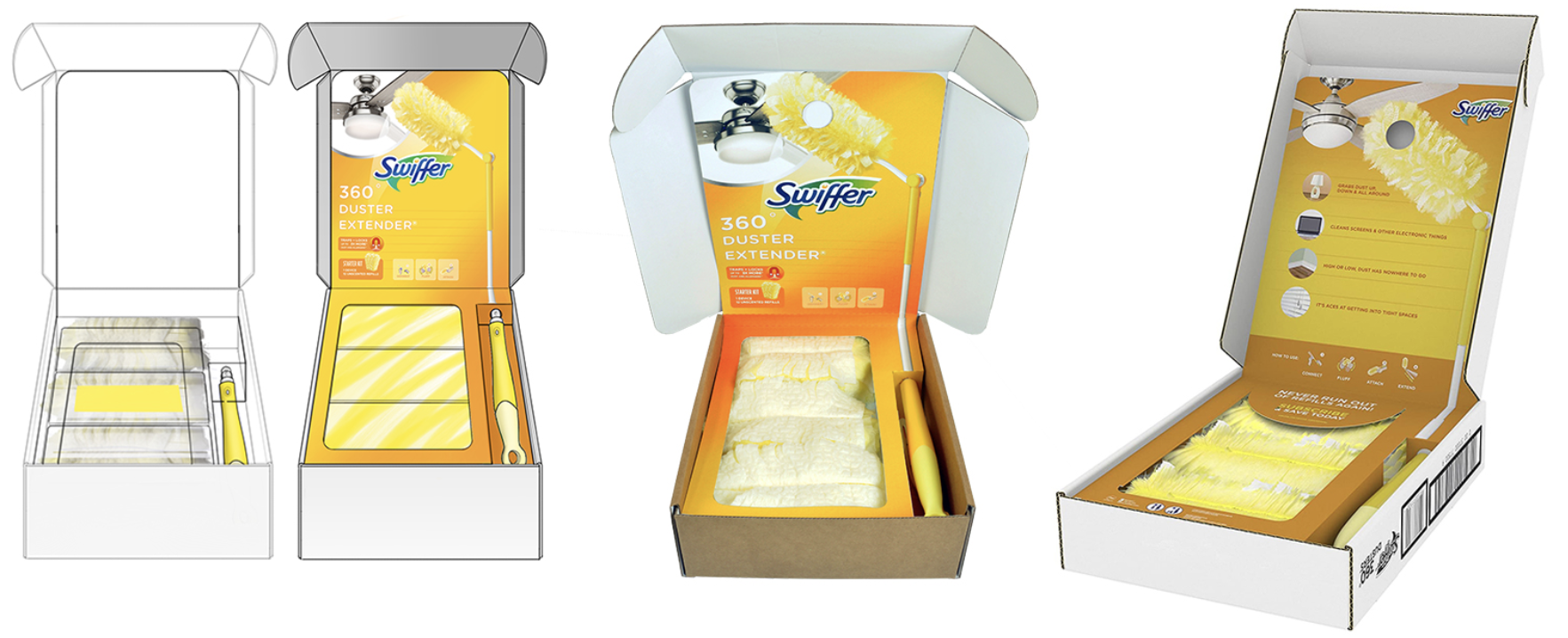As always, my LinkedIn articles are meant to be solution-oriented based on my conversations with smaller consumer product manufacturers. Today’s article deals with a challenge that many young product brands face when it becomes time to start investing more into retail growth. It’s commonly referred to as the “chicken or the egg” challenge…. let me explain.

Retail Vocab:
Sell-in = achieving a purchase order by placing your products into a new retailer, distributor, or other channel. This typically involves your own salespeople or outside sales reps.
Sell-through = sales that occur in-channel towards the end-user of your product. This is boosted by participating in efforts to create awareness and excitement for your product with consumers or with the channel itself (i.e. in-store sales associates).
Sell-in and sell-through are the chicken and egg in this scenario. You need both to have a successful retail launch and growth, but it’s the balance and execution that many startups and young manufacturers get wrong.
Obviously Sell-in Comes First, Right??
Of course, you can’t market a product that isn’t available within a sales channel – whether that be online or offline. That’s pretty straight forward. But here’s where things get more complicated…
Retailers don’t like risk, and they hate surprises.
If you plan on presenting your product to a buyer you need to have a sound channel marketing strategy in place to drive traffic and sales to that buyer. Not only that, you need the expertise and funds to execute properly. Taking on untested, unproven product is not something many retailers like to do.
Online and smaller channels will be much more willing to take on your product as opposed to the big box brick-and-mortar retailers; however, the risk is still on you to ensure channel success. Failing to drive traffic and sales with your early online channels, retailers, or to work with your distributors will make retail growth exponentially difficult for you in the future.
I Don’t Have a Marketing Budget!
If you don’t have sufficient funds set aside from investors, existing sales, or perhaps your crowdfunding campaign for retail marketing activities then expanding your retail presence might not be the best move.
Consumer product brands should not take a “if you build it, they will come” approach and assume end-consumer sales will be strong once the product is online or on the shelf. You may as well buy some lottery tickets while you’re at it.
For many product startups, usually saving between 20-25% of your total sales revenue (not margin) for your marketing budget is a good benchmark. This percentage will decrease as you are able to build awareness more easily in the future.
Often times paying for marketing or PR prior to placing your products within key retail channels isn’t the wisest way to create excitement or awareness. Sometimes young product companies want to maintain their crowdfunding momentum in this way, but ultimately this can be a drain on your business due to the length of retail buying cycles.
It’s a much better idea to set aside funds, plan out a detailed channel marketing strategy, and only spend when it becomes directly tied to pushing sales within your key retail accounts.
Balancing Retail Sales and Marketing Efforts
Balancing your sell-in vs sell-through efforts and investment means understanding your product’s market, competitors, retail sales cycles, and retail marketing opportunities to reduce any unproductive time, wasted budget, or unnecessary overhead costs.
Product brands often believe distributors will do all the sales and marketing for them; however, this is rarely the case. Just as with a retailer, you need to take an active role in communicating, training, and motivating their distributors to push your products. Distributors carry tens-of-thousands of products, why should they care about your one or two products?
Having someone who’s bought and sold in your product category at retail will significantly reduce risk and increase your chances at success. Scaling revenue and operations in retail has just as much to do with the costs you avoid and the time saved as opposed to the sheer number of units you’ve sold.
If you’re like many startups or small manufacturers, getting a seasoned retail professional with a proven track record in both sell-in and sell-through isn’t always affordable which is why we started Retailbound. I hope you found this article helpful, and if you’re looking for more answers about pioneering your way through retail feel free to connect or message me – Benjamin Ertl – bertl@retailbound.com
How SIOC Packaging Is Transforming E-Commerce and Driving Sustainability
On May 7, 2025, it was World Packaging Design Day, an important topic to highlight...



